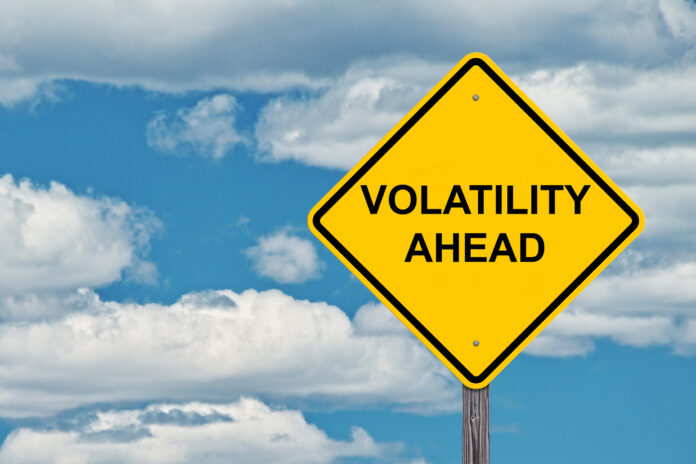It sounds too good to be true: a growth oriented ETF investment that also offers a 9% dividend yield. Here’s what you need to know about JEPQ.
As a dividend investor, you’d probably be pretty happy if you owned an exchange-traded fund (ETF) that rose 15% in a year while offering a high-single-digit yield. That’s exactly what the JP Morgan Nasdaq Equity Premium Income ETF (JEPQ 0.20%) provided investors over the last 52 weeks. Before you run out and buy this ETF, however, you need to understand that there are some risks to consider, too.
What does the JP Morgan Nasdaq Equity Premium Income ETF do?
The JP Morgan Nasdaq Equity Premium Income ETF is an actively managed ETF that invests in the stocks of the Nasdaq-100 index. That index is made up of the 100 largest stocks that trade on the Nasdaq exchange. Although the mix changes over time, it has a long history of being a technology-heavy index. So far there’s nothing particularly special about the JP Morgan Nasdaq Equity Premium Income ETF.

Image source: Getty Images.
Where things get interesting, and where the active management really comes in, is with management’s options strategy. Essentially, the ETF sells covered calls to generate income that it can pass on to shareholders. This is a common investment approach that can actually benefit from volatility, since the best opportunities to sell options often occur during turbulent periods. The Nasdaq-100 index’s technology focus often results in volatile performance, so pairing it with a covered call strategy here works out well.
As the chart below highlights, the ETF’s price rose 15% over the past year. But if you look at total return, which assumes the reinvestment of dividends, the JP Morgan Nasdaq Equity Premium Income ETF rewarded investors with a 27% return. Right now, the yield, based on the most recent dividend payment, is listed at 9.5%.
Not even JPMorgan gets a free lunch on Wall Street
Total return is a useful tool when comparing investments, but the truth is that most income investors aren’t likely to reinvest the dividends they collect from the JP Morgan Nasdaq Equity Premium Income ETF. You buy this ETF because you want to generate income you can use to pay living expenses. That said, the income stream here is inherently volatile because selling options is an ongoing investment tactic. In some periods, it will generate more income than in others.
Over the past year, the monthly pay dividend has been as low as roughly $0.34 per share and as high as $0.55. That’s a pretty big swing and, notably, it means you can’t really trust the dividend yield you see on most online quote services. The variable dividend means the yield will change. And, more to the point, if you want a consistent income stream, you’ll want to look elsewhere.

JEPQ Dividend data by YCharts.
Then there’s the not-so-subtle issue of the Nasdaq-100. While volatility can be beneficial to an options strategy, it can be trying emotionally to own a volatile investment. That’s particularly true if you are a conservative investor trying to generate income to live off of in retirement. The JP Morgan Nasdaq Equity Premium Income ETF is a fairly young ETF, but it fell out of the gate right along with the index it tracks. And then it started to rise along with the index. But look at the graph below for a second.
Selling covered calls will generally limit the upside because investments that rise get called away. So the JP Morgan Nasdaq Equity Premium Income ETF’s advance hasn’t been nearly as large as that of the index. But the early declines were right in line with those of the index. Theoretically, selling covered calls should help limit drawdowns, but so far this ETF hasn’t proven that will happen. If you can’t sit through the downside and aren’t happy with the upside potential, a big dividend yield may not be enough to keep you around. And you are likely to sell at the worst time, since that’s when the emotional drain of owning a laggard investment will be highest.
The JP Morgan Nasdaq Equity Premium Income ETF is an interesting ETF
At the end of the day, the jury is probably still out on the JP Morgan Nasdaq Equity Premium Income ETF because it hasn’t built up a long performance history. The idea of pairing a volatile technology-heavy index with an options strategy is pretty good. Despite its appeal, this investment carries substantial risks for investors, including unpredictable dividends, limited upside potential, and an undefined downside risk. This is probably an ETF best left on your watch list for a little while longer.





